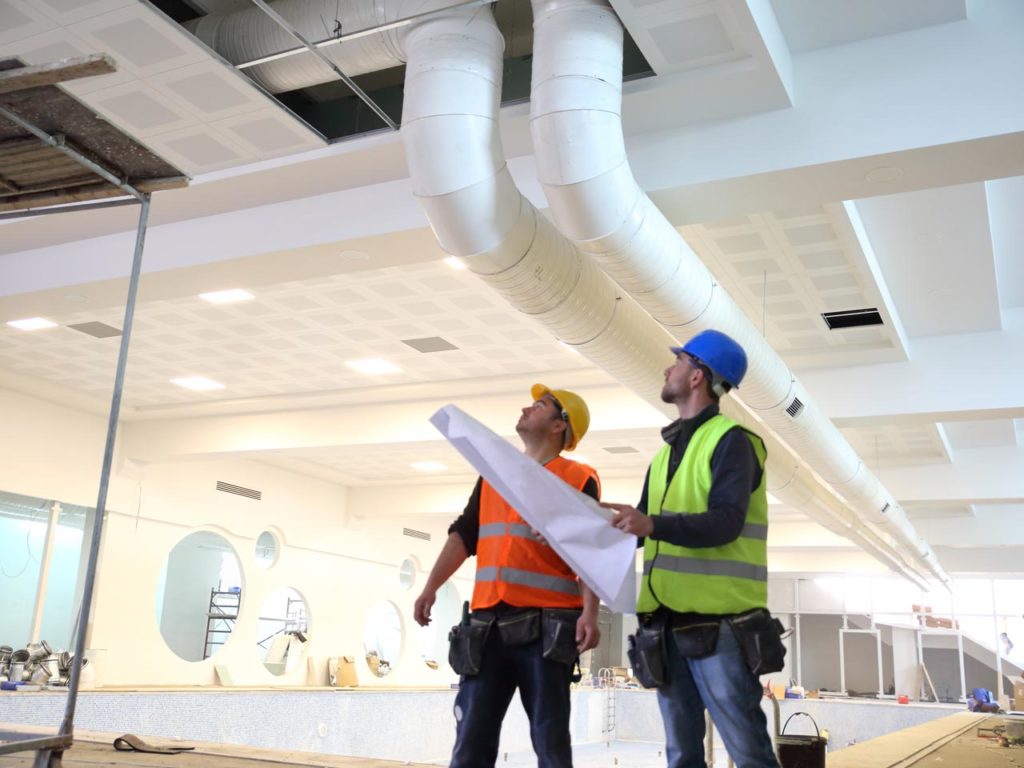
Facilities managers are often viewed as being in charge of the ‘bricks and mortar’ of a building alone. If you ask someone what they associate the profession with, answers such as cleaning, maintenance and repairs, and security will frequently emerge. But it is so much more than that. Facilities managers and their teams ultimately ensure that a building is in optimal condition for those that use it – in other words, the human element.
For example, a critical element that facilities managers must address is the air quality inside a building. The COVID-19 pandemic shone a light on the importance of indoor air quality, and subsequently the question is being asked more frequently – how can I make a difference in the air quality to make sure my building can safely open and stay open?
We all know you can’t manage what you can’t measure, and here the Indoor Air Hygiene Institute (The Institute) is well placed to assist. In order to make positive changes to indoor air hygiene you must first understand what the baseline standard is within your building, and there is no one-size-fits-all approach. A number of factors must be considered in order to make recommendations that will make a lasting difference, and The Institute uses scientifically demonstrated parameters to certify the highest standard for indoor air quality by measuring particulate matter (PM 2.5), Volatile Organic Compounds (VOCs), carbon dioxide levels (CO2), humidity and temperature.
This provides what The Institute refers to as the Inside Advantage – a customized certification program enabling enterprises such as schools, hospitals, senior living centers and office building complexes to continually manage their indoor air hygiene at optimal levels in order to open and stay open, achieve greater productivity, and invigorate all those working, visiting and staying inside.
Crucial to this certification is collaboration with facilities managers, who receive training via the program to become Certified Indoor Air Hygienists. Rather than just adding another task to the already-full plate that facilities managers have, The Institute partners with these professionals, who know their buildings and indoor spaces best, to equip them with the right tools and knowledge to continuously monitor indoor air quality, and make improvements as needed. In addition to installing air sensors and training facilities managers, The Institute provides support such as weekly summaries and quarterly review meetings so that facilities managers can make meaningful improvements to the air hygiene of their building.
Many will ask – is addressing air quality enough? Isn’t that only one small component that goes into the overall wellness of a building? The answer is yes, this is absolutely true, and facilities managers also need to address critical areas such as water quality and light. However, if the air inside a building is not of the highest quality, pathogens and pollutants are likely to persist. To combat this, it is now possible to harness the collective knowledge of The Institute – which amounts to more than 500 years’ experience serving customers and providing the highest indoor air quality. The Inside Advantage Certification is outcome-based, meaning experts actually measure the quality of the air and then make recommendations to their customers to improve it.
By equipping facilities managers to better understand their indoor air quality and ensure its hygiene, The Institute works in partnership with a building’s team to enable those responsible to have a greater impact on human health, wellness and productivity.
For more information on how the Indoor Air Hygiene Institute can help you to open and stay open safely, please visit: https://www.indoorairhygiene.org/certify-your-building/


Ensure you are taking the right steps to provide quality indoor air. Give people the confidence to return indoors.